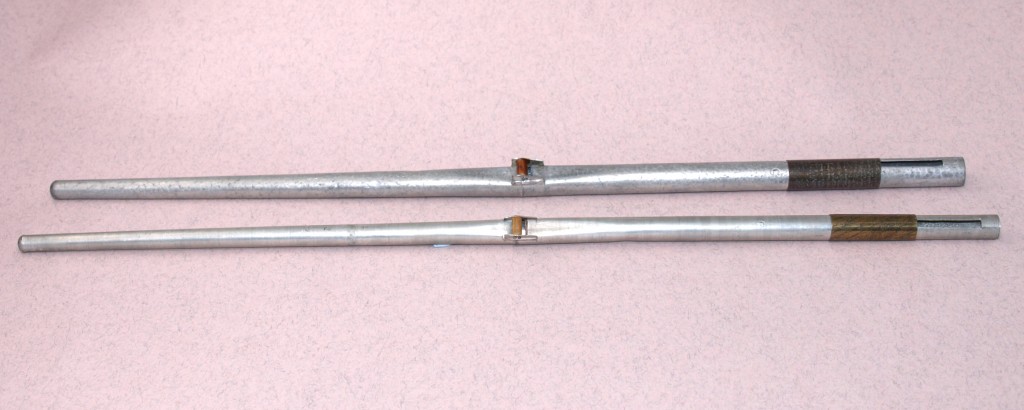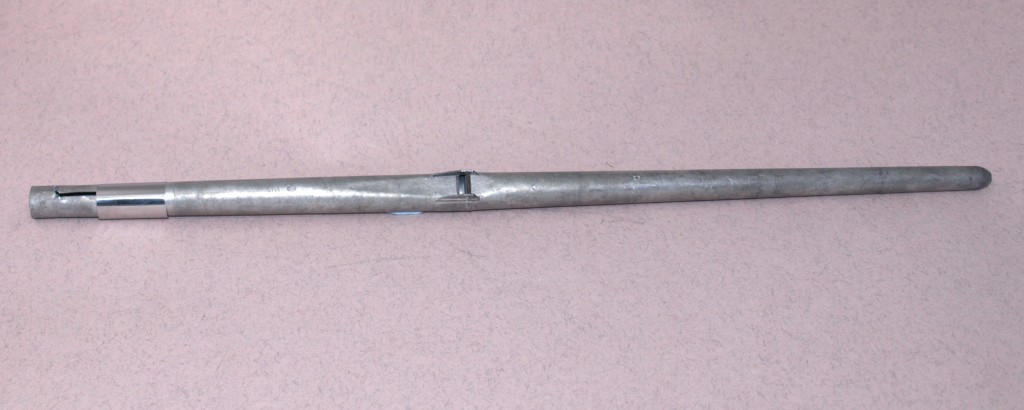


The string family, along with the flutes, are the most imitative of the organ flue stops. Very often specified as a pair of strings with a celeste, to provide undulations to further the effect of a string ensemble.
Construction:
Open, almost exclusively metal, except in the 16′ octave where wooden pipes can give the warm, convincing purr of a deep cello note. The scaling may be relatively broad, approaching that of a hybrid string diapason, but on theatre organs the scaling tends to be more extreme with the narrowest pipes (eg Violes) earning the nickname ‘stair rods’. On occasion, some examples may have tapered resonators to provide warmth with harmonic development. Construction characteristics include a roller across the mouth of the pipe (to increase stability of speech) and slots for tuning.
Tonality:
Varying from the quiet, pastoral tones of the Salicional, to the keen ‘bacon frying’ quality of a Wurlitzer Viole d’Orchestre or early Compton string.
|
STOP NAMES |
|
|
Cello |
Broad-toned stop. |
|
Gamba |
Broad-toned stop, quite powerfully voiced. (In orchestral stringed instruments, the Viola da Gamba is the Viol family equivalent of a Cello). |
|
Salicional |
Softer stop, often (on Comptons) extended to provide upperwork and derived mixtures of an exquisite silvery quality. Wurlitzer stops of this name tend to be more conventional and of average power and tonality. |
|
Viola |
Stop of average power and timbre. |
|
Viol d’Orchestra |
Ultra-narrow scale stop with a harmonic development and attack that can cut through louder stops, especially in the upper registers. |
|
Violin |
Stop of average power and timbre. |
|
Muted Strings |
Pair of stops playing together from one stopkey, usually of softer and narrower scale, one unison and the other celeste. |
|
Viol(e) |
Nomenclature for a 4′ string. |
|
Violetta |
Compton nomenclature for a 2′ string. |
|
Fifteenth |
Although strictly belonging to the Diapason family, this 2′ stop on a theatre organ is often derived from a string stop, with the intention of providing a more balanced ensemble. |
|
Celeste |
Unlikely to appear other than as a suffix to the above names at 16′, 8′ or 4′, denotes the undulating partner stop, tuned (usually) sharp to the unison. Celeste ranks are sometimes slightly smaller in scale than their unison partner. |
